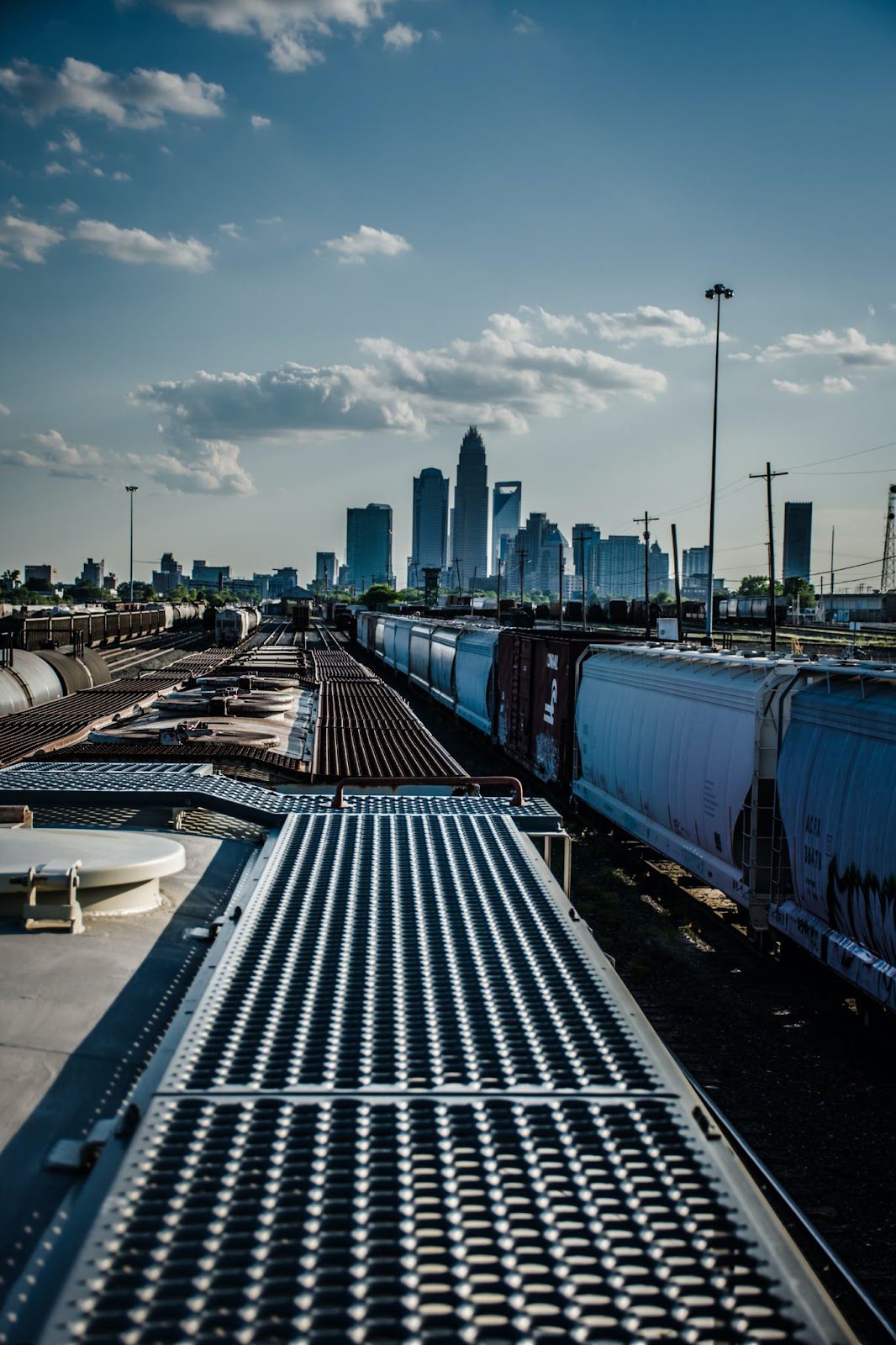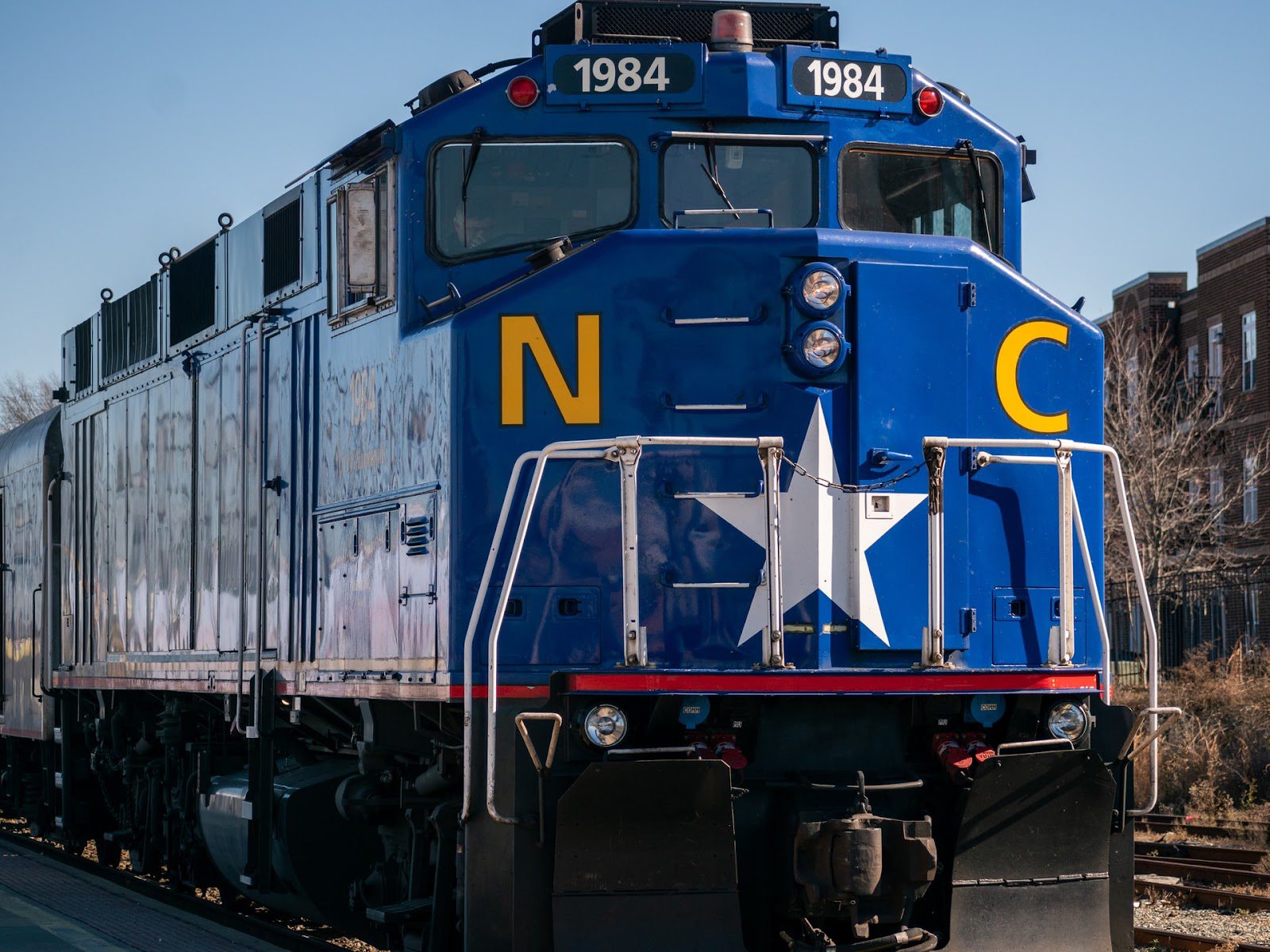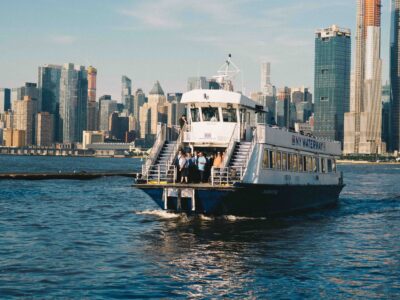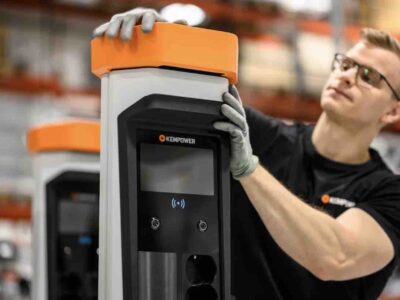North Carolina has an abundance of economic opportunities underway, in particular in the aviation and rail sectors. There are plans to expand and update airports large and small and to build commuter rail lines across the entire state. Much of the Tar Heel State’s economic opportunity comes as a result of increased federal infrastructure spending. Some of the growth was underway prior to the COVID pandemic and is now back on track.

“We are absolutely making the investments that we need to keep improving aviation in North Carolina,” said the North Carolina Department of Transportation (NCDOT) Aviation Division’s James Pearce.
“Before the COVID-19 pandemic, it was a rapidly growing sector of the transportation industry,”
Growth has long been evident at Charlotte’s international airport, including recent terminal expansions and new runways. Still, there are 71 other public airports in North Carolina that are now outpacing the rest of the nation’s growth rate. The changes come about as the state works to improve the current physical state of each airport and its ability to compete with other transportation sectors. Often, the smaller regional airports have a massive economic impact on each community. The state wants to make sure all of its airport facilities are ready for upcoming technologies such as drone delivery of medical supplies.
“We want to make sure our state is always on the cutting edge of aviation technology,” Pearce added.
Similarly, the state is taking a long look at much-needed upgrades to its rail system, including everything from short line railroads to light rail and commuter rail.
“North Carolina’s short line railroads play a critical role in our state’s economy by ensuring that freight can be transported efficiently and safely,” said Jason Orthner, Director of the NCDOT Rail Division.

In a state that calls itself the “good roads state”, there is a growing realization that alternative means of transportation are desperately needed to improve traffic and commute times. As a new business considers moving to North Carolina, there are concerns about the lack of trains. With consumer trends indicating rail as a preferred commuting method, North Carolina plans to move rapidly to address its rail needs.
The federal government’s new $2 trillion infrastructure proposal includes an estimated $80 billion to upgrade and expand Amtrak lines. If approved, it’s likely some of that money will flow to North Carolina. Representative David Price, Chairman of the House Appropriations Committee subcommittee on transportation spending, is pushing hard for train improvements in his home state. Proponents hope that much of that funding will help improve the route between the state capitol at Raleigh and neighboring Virginia’s capital city of Richmond. Additionally, Amtrak indicates funding would be used to add new lines to Wilmington and Asheville from the economic hub of Charlotte. The Research Triangle area of Durham-Chapel Hill-Raleigh also stands to benefit directly with a new 43-mile commuter rail corridor in the planning stages from public transportation authority GoTriangle.
In the end, leaders are hopeful the rail lines will take the state back in time.
“This is transformation. This is back to the future,” said GoTriangle Vice-Chairman Sig Hutchinson. “All communities were once connected by rail, then Henry Ford came along, and we got the Model-T, and we decided we don’t want to do that anymore.”
With an economy poised to strengthen its transportation sector, North Carolina is demonstrating how federal funding can be a continuing trigger for an influx of new jobs, businesses, improved commutes, and financial security for the state.





